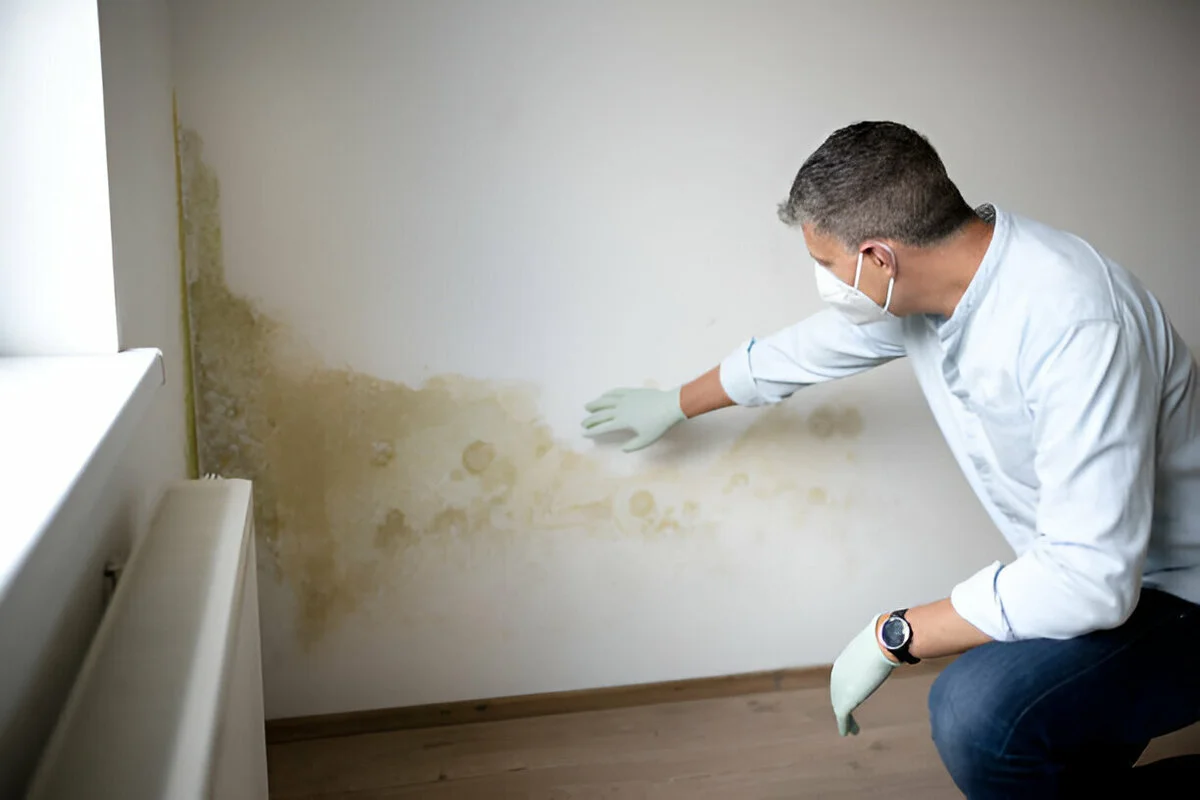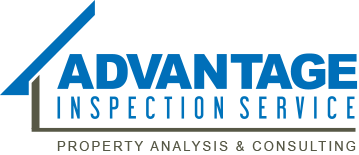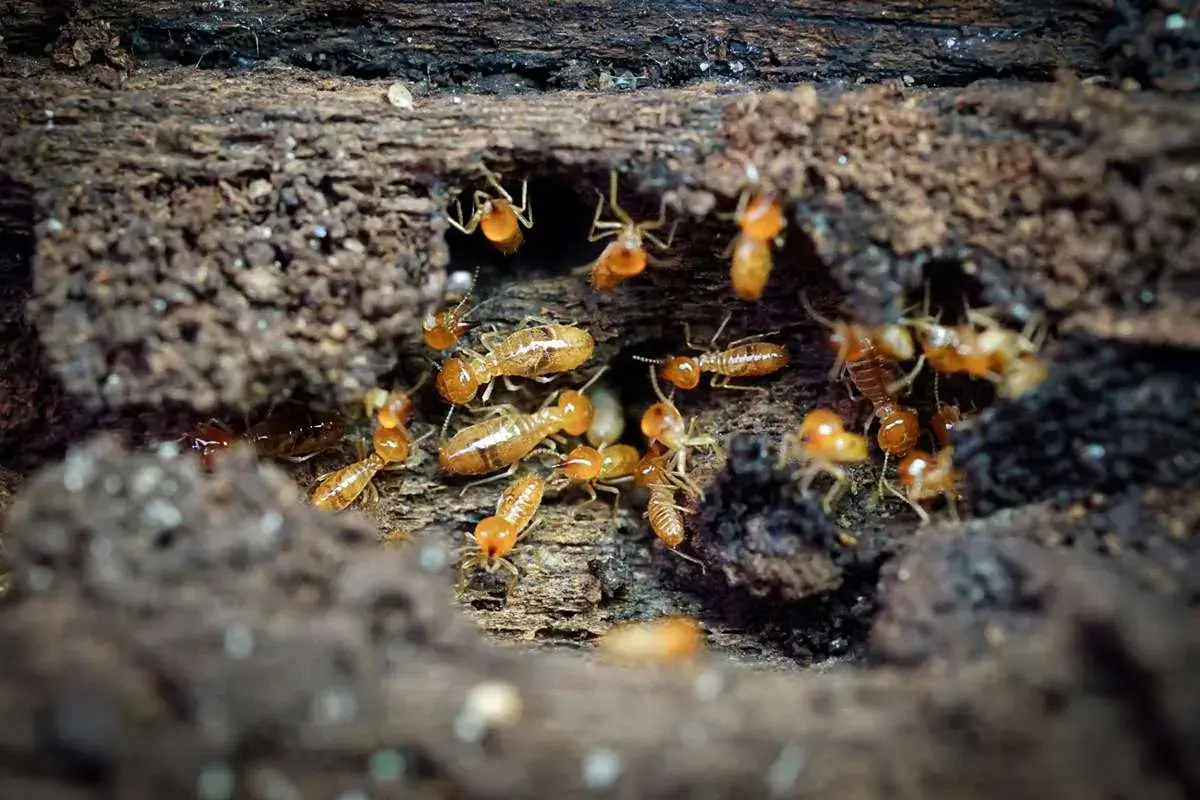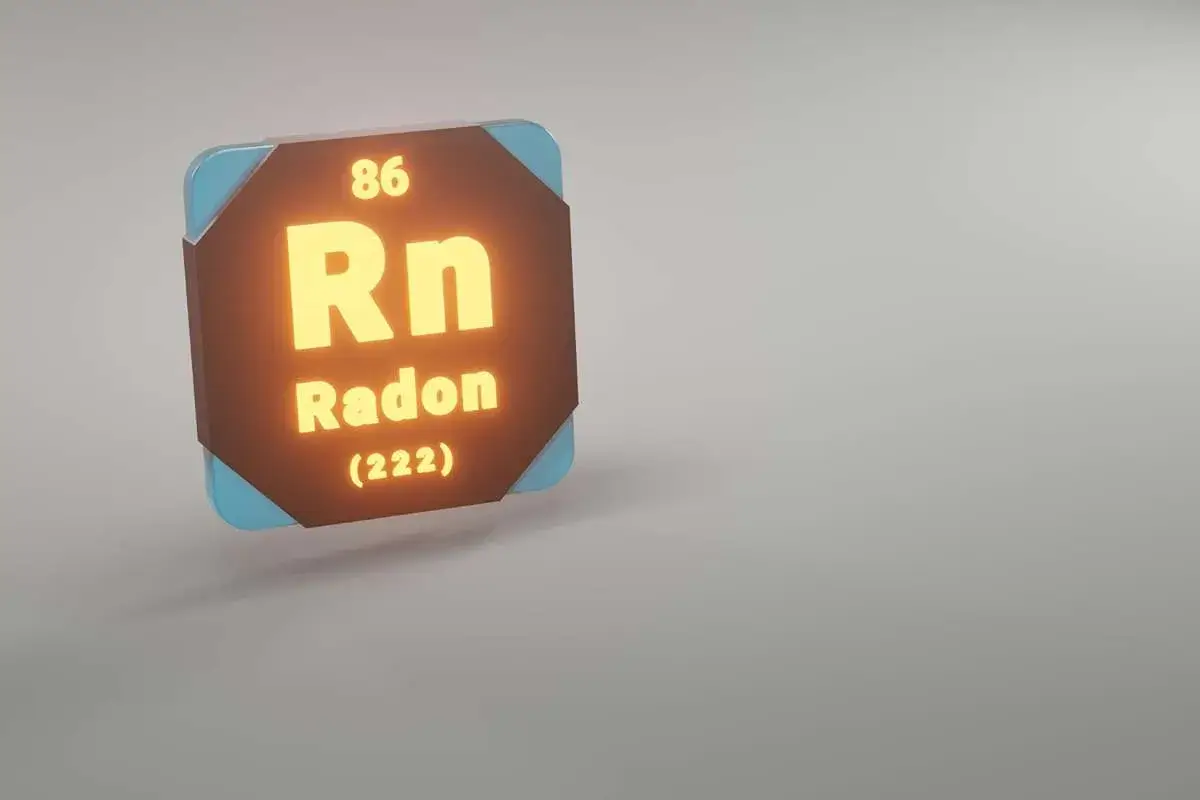As a resident of Arizona, you know that you are going to get sunshine, and…

What is White Mold and How to Get Rid of It
Your standard mental image of mold is a dark green or black fungus found in moisture-prone spots throughout your home. The lesser-known white mold is another mold variety with similar harmful properties.
Discovering fuzzy white fungal growth on surfaces inside your home causes many people to question its presence and potential safety risks alongside removal methods.
This blog provides all the essential information about white mold, including its description and effective removal methods.
What Is White Mold?
Fungal white formations appear throughout buildings and homes in highly humid spaces or where moisture accumulates. This fungus flourishes in environments with high moisture levels and inadequate ventilation systems. White mold spreads across wood surfaces, walls, and fabrics in various environments.
While white mold isn’t dangerous in most cases, it remains problematic for people who suffer from mold allergies or conditions affecting their breathing. To protect your health, it’s vital to spot mold right away so you can take immediate action.
What Does Mold Look Like On Wood White?
When you notice white mold-like formations on wood surfaces, it becomes important to identify them. A wood surface with white mold manifests through a fuzzy or powdery substance. Mold develops into patterns or sections that typically spread toward wet areas.
White mold appears similar to mildew until one examines its distinctive textural and visual appearances. Its dense appearance sets it apart from mildew’s flat form. Without treatment, white mold creates widespread damage to structural surfaces, making wood particularly vulnerable.
Is White Mold Harmful?
One of the most common questions people ask when they spot white mold in their homes is whether it is harmful.
The potential risks from white mold depend on how the mold situation presents itself. The spores that white mold generates trigger allergic reactions that lead to asthma symptoms and respiratory conditions. Exposure to white mold might lead to different health problems, including headaches, dizziness, and skin irritation. The risk for individuals with weak immune systems and mold sensitivities becomes more substantial.
Taking additional steps to protect house pets and children is also necessary. Fast resolution of mold problems becomes essential because long-term contact leads to intense health complications.
Mold growth requires your attention, although it is less toxic than black mold. Early identification and quick removal function as both a disease prevention method and a cost-effective home protection measure.
Read more: what are the warning signs of mold toxicity?
Where Does White Mold Grow?
White mold thrives in places with high moisture levels. Common spots where you may encounter white mold include:
- Bathrooms: Bathrooms serve as excellent mold growth sites because high humidity and poor ventilation accumulate moisture.
- Kitchens: Areas under sinks, around pipes, and behind refrigerators can all be hotspots for white mold.
- Basements: Basements frequently experience significant moisture buildup and regular water damage, which makes them excellent places for mold growth.
- Attics: Mold development thrives in attics with insufficient ventilation, contributing to mold growth, especially when roof leaks are present.
White mold can also appear where you might not think to check, like behind walls, carpets, and inside air ducts.
How To Prevent White Mold Growth
The key to preventing white mold from spreading is controlling moisture. Here are a few tips to help you keep your home mold-free:
- Ventilate Your Home: Installing bathroom and kitchen exhaust fans decreases the amount of humidity in these spaces. Proper ventilation should be maintained both in your attic and your basement.
- Fix Leaks: Address your home’s leaks in roofing systems, plumbing, and windows without delay. Mold will multiply aggressively if water leakage continues for prolonged periods.
- Control Humidity Levels: Install a dehumidifier in high-moisture areas, including your bathrooms and basements.
- Clean Regularly: Mold grows exponentially in damp and unclean areas. Routine cleaning of windowsills, shower curtains, and baseboards will stop mold from growing.
How To Get Rid Of White Mold
If you find white mold in your home, don’t panic. Using correct techniques and methods can eliminate it. Here’s how:
- Wear Protective Gear: Before cleaning, you should put on gloves, a mask, and protective eyewear to block mold spore exposure.
- Use Soap And Water: First, wash the infected zone by adding soap to the water base. Scrubbing the mold’s surface layer with soap and water removes it.
- Apply Vinegar Or Baking Soda: When mold stubbornly stays put, you should try applying baking soda or white vinegar. White vinegar destroys mold spores, and baking soda can clean mold stains.
- Use Commercial Mold Cleaners: Commercial mold removers become necessary when mold exists extensively and continues to grow despite your attempts at cleaning. Follow all instructions printed by the manufacturer.
- Dry the Area Completely: According to removal procedures, you should let the area dry before mold can return.
Seek professional mold remediation services for large mold infestations since you lack the expertise and tools to tackle them.
Conclusion
White mold might not be as infamous as its black or green counterparts, but it can still cause significant issues in your home. It’s crucial to recognize white mold early on to prevent it from spreading and affecting your health or the structure of your home.
Remember, while white mold can sometimes be cleaned up with household products, it’s always best to be cautious. Involve professionals when mold grows extensively over a wide area and continues to reappear.
Identify mold growth in your house promptly, as delaying corrective action will make problems worse. Advantage Inspection Services can thoroughly evaluate your building for mold presence and treatment.
Reach out to us for expert house mold detection and treatment solutions that will help protect your health and keep your home safe and livable.



